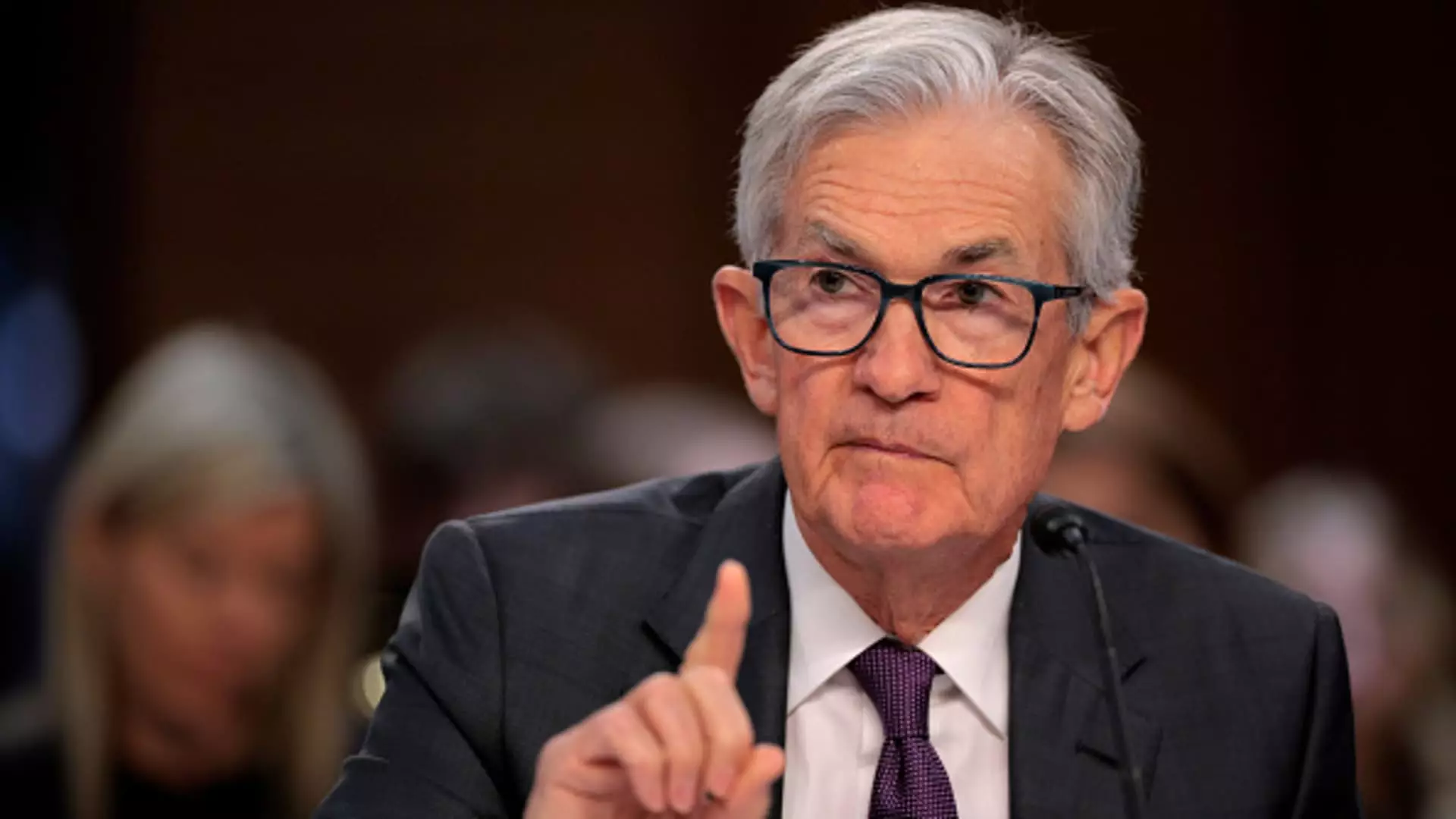As the Federal Reserve navigates through the complex economic landscape of 2024, its policymakers face a pivotal moment. According to the latest meeting minutes from January, the Federal Open Market Committee (FOMC) unanimously agreed to maintain steady interest rates following three consecutive cuts totaling one full percentage point. This cautious decision reflects the committee’s consensus on the need for a clearer picture of inflation trends before making further adjustments to the federal funds rate. The delicate balance between supporting economic growth and controlling inflation remains at the forefront of the Fed’s agenda.
One of the critical factors influencing the Fed’s decision-making process is the impact of President Donald Trump’s tariffs. The committee expressed profound concern over how these tariffs could hinder the reduction of inflation. Trump’s administration has already implemented several tariffs, and the potential for their expansion poses a significant risk to economic stability. For instance, the President’s comments about considering substantial duties on critical sectors such as automobiles and pharmaceuticals highlight the administration’s aggressive trade policy. If these tariffs lead to higher consumer prices, they could cause inflation to exceed the Fed’s target of 2%, complicating the central bank’s already challenging mandate.
At the January meeting, Fed officials noted that the current monetary policy is “significantly less restrictive” than prior to the rate reductions. This condition, they argue, allows them to evaluate the incoming data concerning economic activity, labor market dynamics, and inflationary pressures over time. Most committee members indicated that they would prefer to observe further progress toward the inflation target before making additional changes to the policy stance. Providing the economy remains near its maximum employment, their emphasis now lies on scrutinizing inflationary trends rather than rushing into further cuts.
Risks and Uncertainties Ahead
Despite the overall cautious atmosphere, members of the FOMC have voiced concerns about the ramifications of potential changes in trade and immigration policy. Some participants echoed the sentiment that strong consumer demand could lead businesses to transfer any increased costs stemming from tariffs to consumers. This dynamic creates not only risks to inflation but also to overall economic growth. The minutes highlighted “upside risks to the inflation outlook,” indicating an awareness that external variables—particularly policy shifts—can have profound implications for inflation trajectories.
Prospects for Interest Rate Adjustments
Looking ahead, the Fed’s bench of officials has been mindful of their communication regarding future policy directions. While there is a sense of optimism surrounding the economic outlook, particularly related to potential regulatory easing and tax reforms, the complexities introduced by tariffs necessitate a more deliberative approach. Many economists warn that Trump’s planned tariffs could exacerbate inflationary pressures, igniting a chain reaction that the Fed must monitor closely. The overall sentiment within the committee seems to indicate that future rate cuts are plausible but will depend heavily on how these multifaceted issues evolve.
The Federal Reserve faces a challenging and intricate environment in its efforts to stabilize the economy. The interplay of tariffs, inflation, and monetary policy forms a convoluted tapestry that requires careful scrutiny. Policymakers are acutely aware of their responsibility to balance their dual mandate of maximizing employment and maintaining price stability. They are prioritizing a patient and informed approach, gathering necessary insights before determining their next moves regarding interest rates. As market expectations point toward potential cuts in mid-2024, the pressure mounts for the Fed to navigate these turbulent waters effectively, ensuring a stable and prosperous economic future.


Leave a Reply